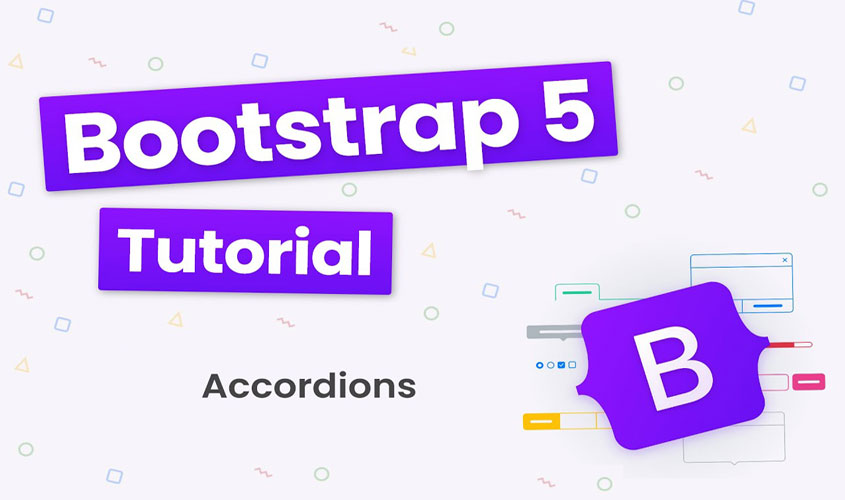ESTful APIs (Representational State Transfer) are a popular way of creating web services that communicate using HTTP protocols. Here are the basic steps to build a RESTful API with PHP :
- Choose a PHP framework: Some popular PHP frameworks that can be used to build RESTful APIs are Laravel , Symfony, and Slim. These frameworks provide built-in support for RESTful API development.
- Define endpoints: Define the endpoints for your API, which are the URLs that clients can use to interact with the API. Each endpoint should correspond to a specific action or resource.
- Implement HTTP methods: Use HTTP methods like GET, POST, PUT, and DELETE to define the actions that clients can perform on the API endpoints.
- Use authentication and authorization: Use authentication and authorization to restrict access to your API to authorized clients. This can be done using tokens or API keys.
- Format responses: Use a consistent format like JSON or XML to format responses from your API. This makes it easier for clients to parse the data and use it in their own applications.
- Use error handling: Use error handling to provide informative error messages when things go wrong. This helps clients to understand and resolve issues that may arise.
Here is an example of a basic RESTful API implementation using the Slim framework:
// index.php
require 'vendor/autoload.php';
$app = new \Slim\App;
$app->get('/hello/{name}', function ($request, $response, $args) {
$name = $args['name'];
$response->getBody()->write("Hello, $name");
return $response;
});
$app->run();
In this example, we use the Slim framework to create a simple API endpoint at /hello/{name} that returns a greeting with the provided name. When a client makes a GET request to this endpoint with a name parameter, the API will respond with a greeting message. This is just a basic example, but it demonstrates th






